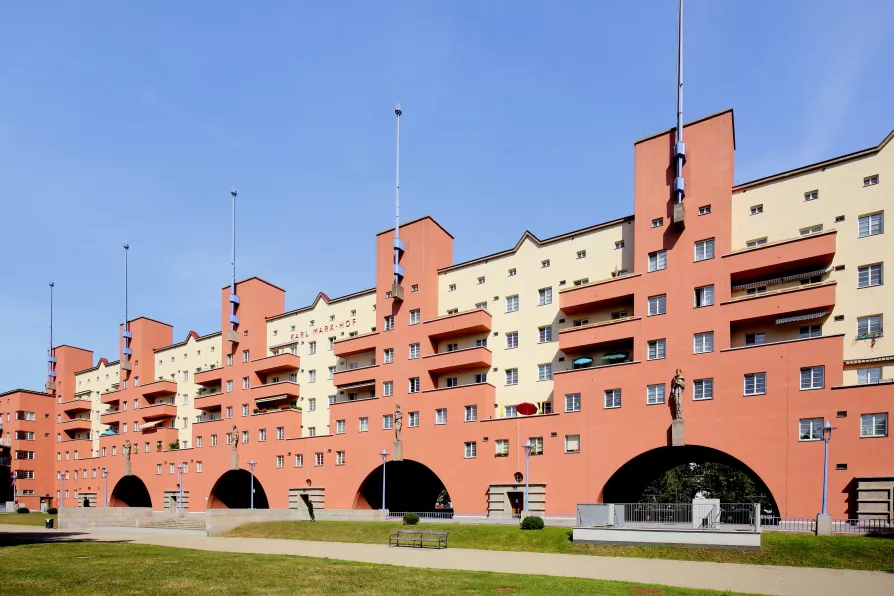MARIA DUARTE reviews Desperate Journey, Blue Moon, Pillion, and Wake Up Dead Man: A Knives Out Mystery

 ‘WORKERS VERSAILLES’: Karl-Marx-Hof
[Bwag]
‘WORKERS VERSAILLES’: Karl-Marx-Hof
[Bwag]
EUROPE’S well-nigh zero interest rates are being used to further hollow-out its major cities as those with capital in Munich, Berlin, Paris, London and Amsterdam are borrowing at no cost and buying up housing used as tourist rentals by the likes of Airbnb and others.
Along with this trend, steadily rising rents mean that the working and middle classes can no longer afford to live in the cities and must commute to work from far outside.
This is a global problem – rents in California are now so high that in order to find more affordable housing people are leaving not just its cities but the state itself.
It doesn’t have to be this way. One of the cities that is still liveable in for ordinary people is Vienna. In its tourist centre, rents are increasing but the affordable housing just on the periphery and an extremely efficient public transport system makes commuting easy.

DENNIS BROE gives an update on the last week of anti-austerity protests against the Macron regime, which has seen the supposedly more right-leaning Gilets Jaunes join with the unions and the left

PAWEL WARGAN juxtaposes the thriving industrial centre Jiayuguan in China, with the prevailing images of decaying East European great industrial cities

JOHN GREEN observes how Berlin’s transformation from socialist aspiration to imperial nostalgia mirrors Germany’s dangerous trajectory under Chancellor Merz — a BlackRock millionaire and anti-communist preparing for a new war with Russia











